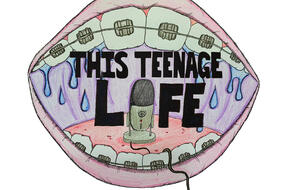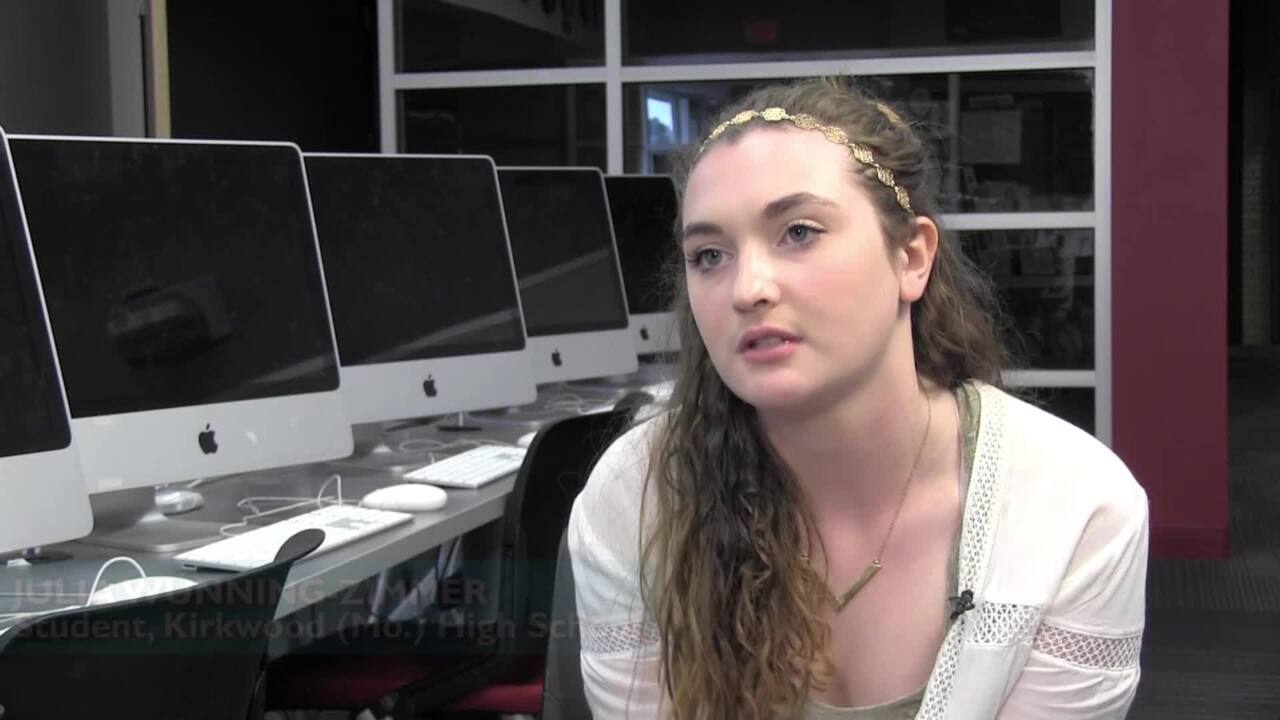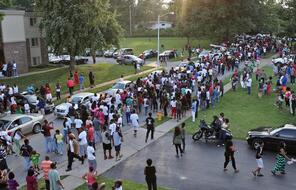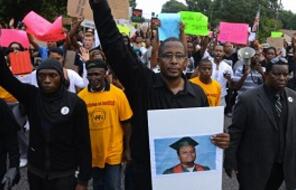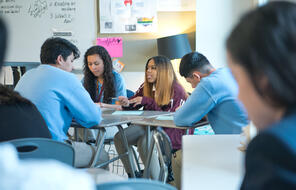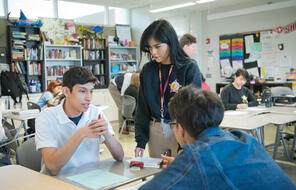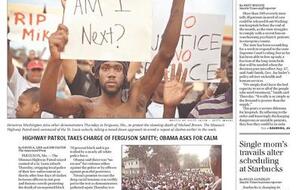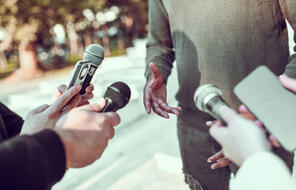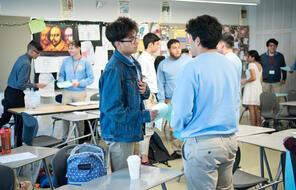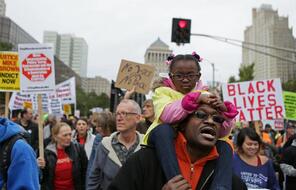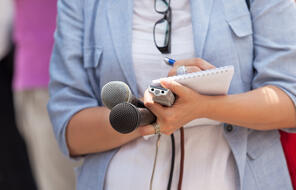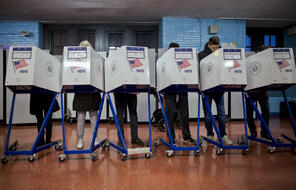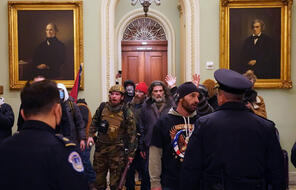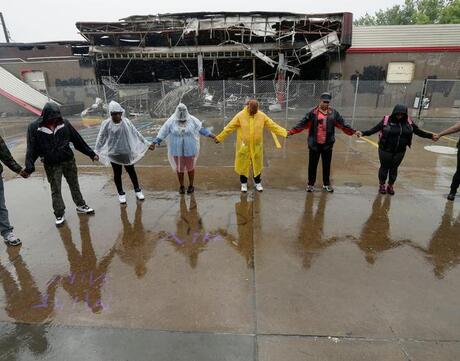
The Power of Images
Duration
One 50-min class periodSubject
- Civics & Citizenship
- History
- Social Studies
Grade
9–12Language
English — USPublished
Overview
About This Lesson
Sometimes a single photograph can have a far greater emotional impact than words alone could. This emotional potential makes photography a prime candidate for interpretation based on confirmation bias.
As illustration, this lesson includes an interview with St. Louis Post-Dispatch photojournalist David Carson in which he describes a photograph that was interpreted entirely differently by two groups of people. In a separate activity, students step into the role of news editor to choose the lead image that will run on the front page, based on a different scenario faced by the Post-Dispatch.
Lesson Plans
Activities
Extension Activities
Materials and Downloads
Quick Downloads
Download the Files
Get Files Via Google
The Power of Images
Social Media and Ferguson
#IfTheyGunnedMeDown
Unlimited Access to Learning. More Added Every Month.
Facing History & Ourselves is designed for educators who want to help students explore identity, think critically, grow emotionally, act ethically, and participate in civic life. It’s hard work, so we’ve developed some go-to professional learning opportunities to help you along the way.
Exploring ELA Text Selection with Julia Torres
On-Demand
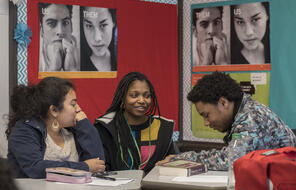
Working for Justice, Equity and Civic Agency in Our Schools: A Conversation with Clint Smith
On-Demand
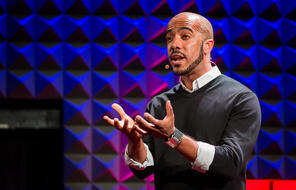
Centering Student Voices to Build Community and Agency
On-Demand
